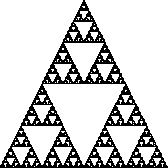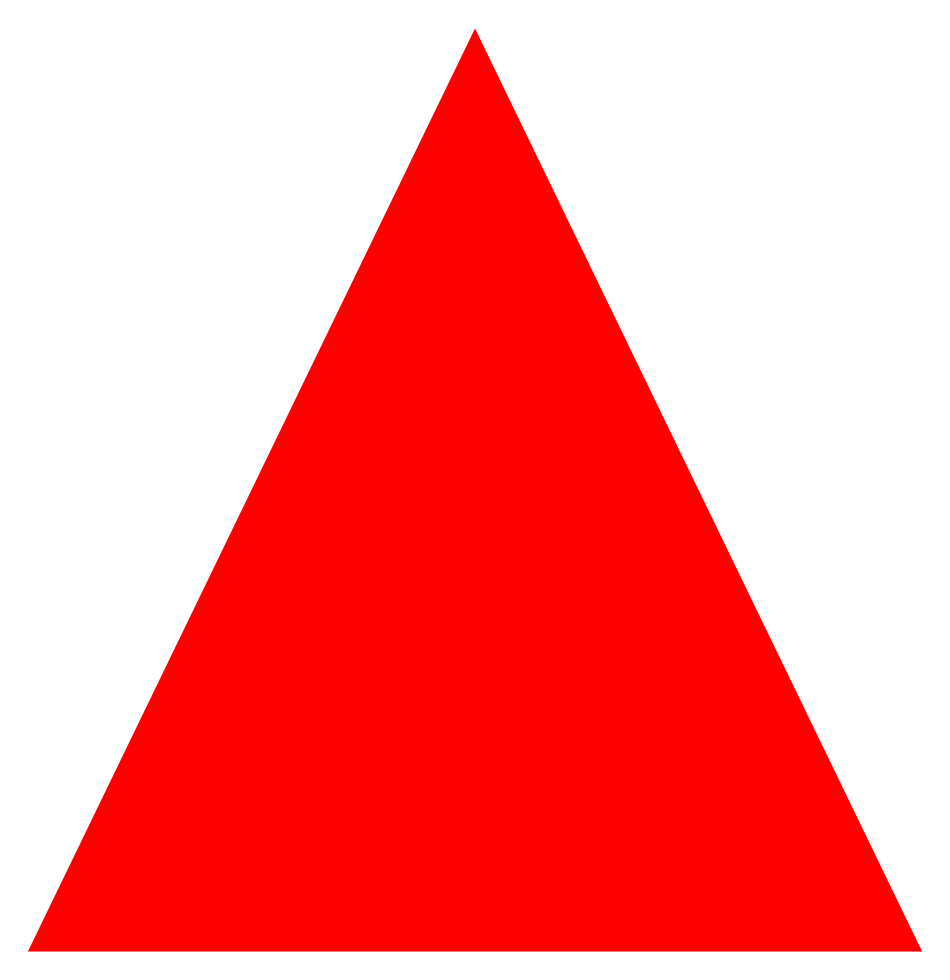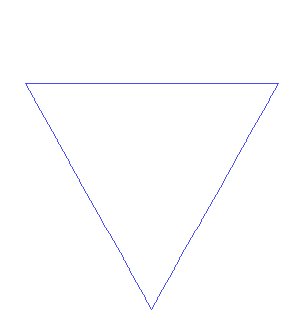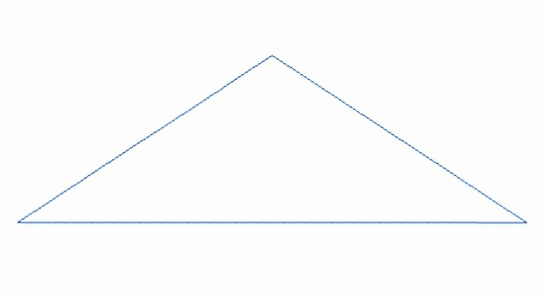
Math Club 5/15/2012 was all about Pascal's Pyramid, the 3D version of the famous triangle. We constructed 6 layers of the pyramid and looked at some patterns analogous between the pyramid and triangle.
Pascal's Pyramid is built as a regular tetrahedron, with the three lateral faces mimicking Pascal's Triangle. More interesting is the inner structure of the pyramid, where each interior number is the sum of the three numbers just above it. (Whereas the triangle is constructed with each entry being the sum of the two numbers just above.)
Sums of Rows and Layers
The rows of Pascal's Triangle have many interesting properties. When looking at Pascal's Pyramid, it's the layers that hold similar properties.
One example is the sum of each row of Pascal's Triangle is a power of 2, where the sum of each layer of Pascal's Pyramid is a power of 3!
Powers of 11 and 111
The digits in each row of Pascal's Triangle represent powers of 11, although for rows 5 and greater, "carrying" the tens digit is necessary.
The similar pattern in Pascal's Pyramid is probably easier to see than to describe. The powers of 111 are evident in the layers of Pascal's Pyramid.
Binomial and Trinomial Expansion
The connection between the
Binomial Theorem and Pascal's Triangle is a pretty common Algebra 2 topic.
And the rewards are even greater using Pascal's Pyramid for a
trinomal expansion! An example is shown.

Although we didn't build enough layers of Pascal's Pyramid to provide visual evidence, we could imagine that removing the even numbers would make a Sierpinski Pyramid in the same way a Sierpinski Triangle is formed in the 2D version.





















